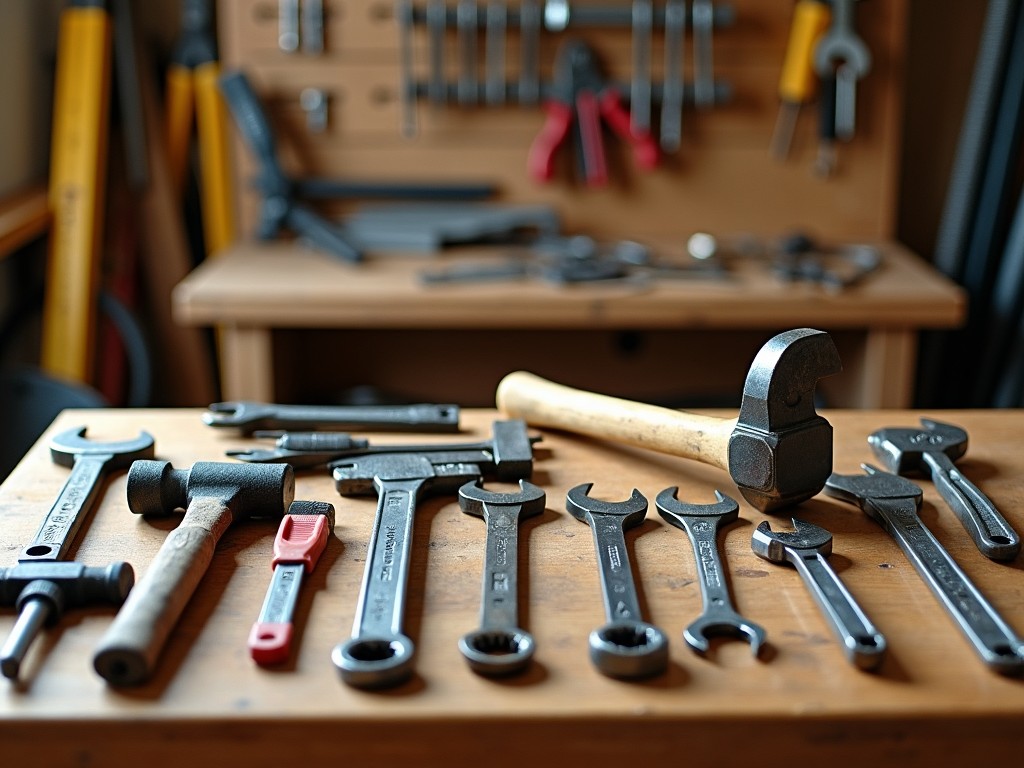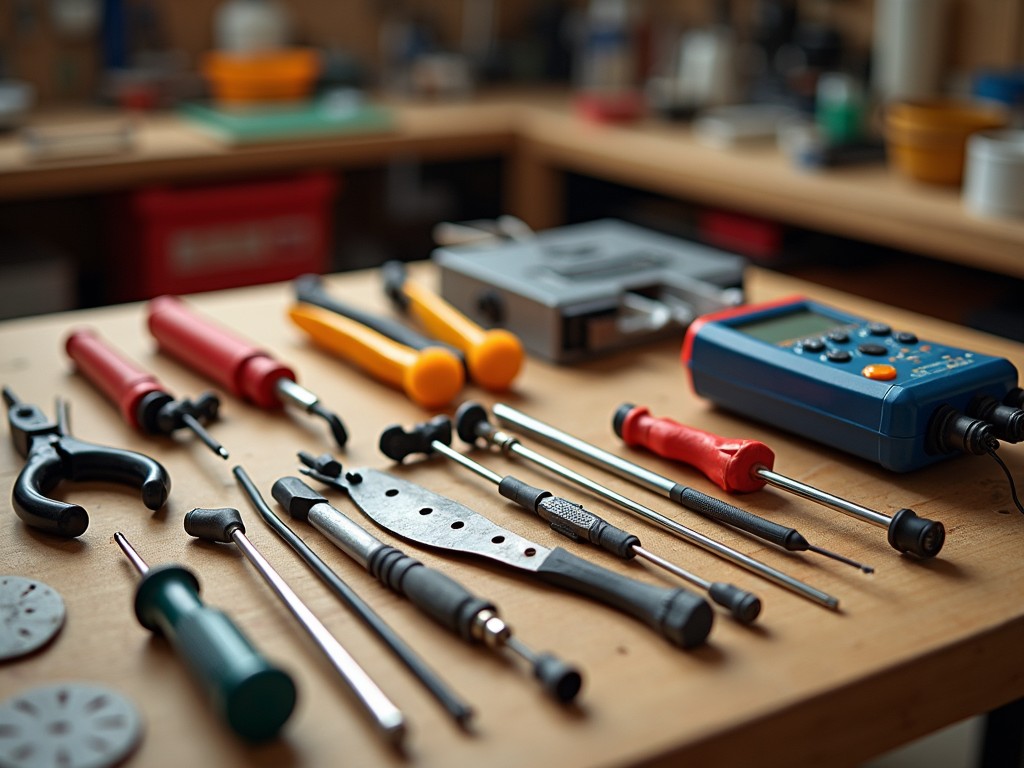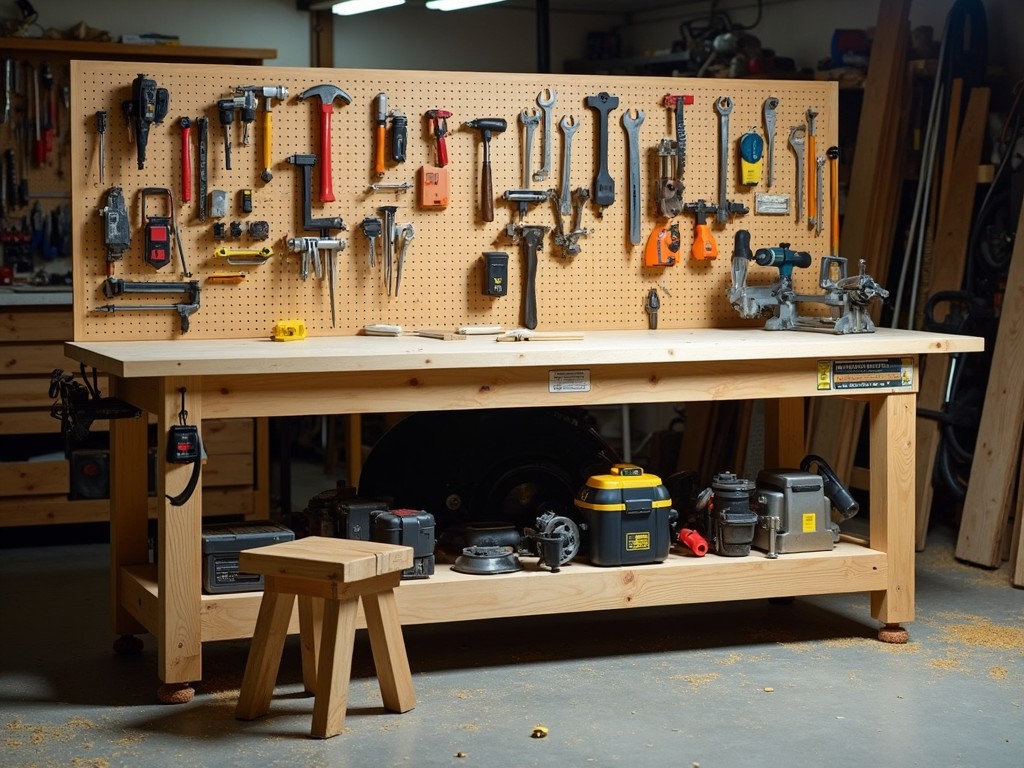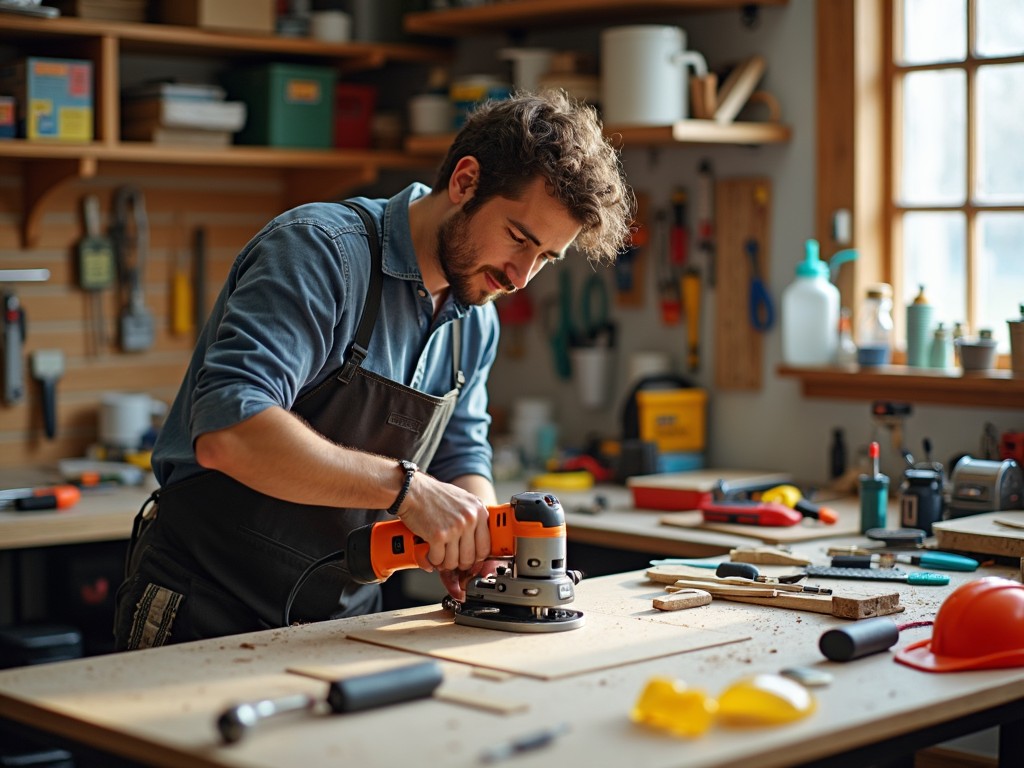Introduction
Keeping your screwdrivers in top-notch condition is crucial if you're passionate about DIY projects or a professional who relies on these tools daily. This guide provides expert screwdriver maintenance tips to ensure your workman tools perform at their best for years to come.
The Basics of Screwdriver Maintenance
Understanding the fundamentals of screwdriver maintenance isn't just about keeping your tools clean; it's about ensuring their longevity and effectiveness. Here are some key maintenance tips to get you started:
-
Keep Them Clean: After each use, wipe down your screwdrivers with a dry cloth to remove any dirt or residue. For stubborn grime, use a mild detergent mixed with water.
-
Inspect for Damage: Regularly check for signs of wear or damage, such as bent tips or cracked handles. Address any issues immediately to maintain functionality.
-
Store Properly: Store in a dry place, preferably in a rack or toolbox to prevent them from getting dull or rusting.
Cleaning Your Screwdrivers
Cleaning is perhaps the most straightforward maintenance task, yet it’s often overlooked. A clean screwdriver not only looks better but functions more effectively. Let's dive into a step-by-step cleaning process:
- Step 1: Use a damp cloth to gently remove dust and debris from the handle and shank.
- Step 2: For grease or oil, apply a small amount of rubbing alcohol to break down the residue.
- Step 3: Thoroughly dry your tool with a soft cloth to prevent moisture, which can cause rust.

Protect Against Rust
Rust can ruin a perfectly good screwdriver. Here are a few preventive measures:
- Use Anti-Rust Spray: Apply anti-rust spray after cleaning, especially if you reside in a humid area.
- Desiccant Packs: Store screwdrivers with desiccant packs to absorb moisture.
- Avoid Water Exposure: Never leave your screwdrivers in a damp place, as consistent exposure can lead to rust.
Sharpening Your Screwdrivers
Sharp screwdrivers are essential for efficiency. Here’s how you can sharpen them at home:
- Hold the Tool Firmly: Use a bench vise to secure your screwdriver.
- Use a File: With a metal file, gently file the edges of the tip, maintaining the original angle as much as possible.
- Test on a Scrap Surface: Check the result on a scrap material to ensure the tip functions correctly.
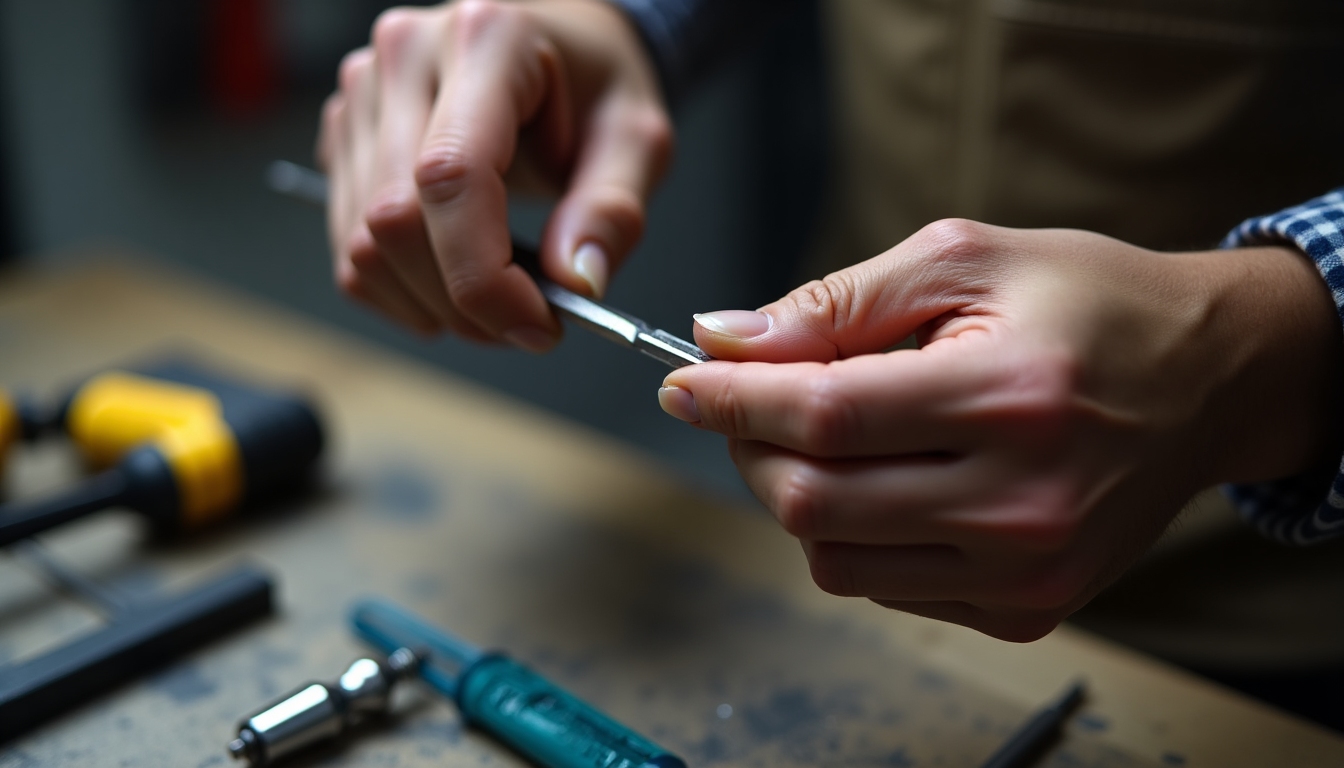
Personal Insights and Additional Tips
As a handyman with over a decade of experience, I've picked up a few invaluable insights:
- Routine Maintenance: Make maintenance a routine—set monthly reminders if necessary.
- Use Quality Tools: Investing in high-quality screwdrivers reduces the need for frequent maintenance.
- Know When to Replace: Sometimes, a screwdriver is beyond saving. Knowing when to replace it is critical to avoid accidents.
Conclusion
Proper maintenance of your screwdrivers ensures not just effectiveness but also safety. By integrating these screwdriver maintenance tips into your routine, you’ll extend the life of your workman tools and save on costs in the long run. For more in-depth discussions and professional advice, check the recommended readings below.
Related screwdriver maintenance tips:
- Guide to Extending the Life of Your Hand Tools
- Keep Your Power Washer in Top Condition
- Essential Features to Look for in a Workbench
- Comprehensive Tips for Tool Maintenance and Care
- Types of Hammers for Different Projects
- A Comprehensive Guide to Electrical Tools
- Comprehensive Guide to Workman Tools for Automotive Repair
- Essential Screwdrivers for Mechanics: A Comprehensive Guide
- Guide to the Best Tool Sets for Automotive Repairs
- Advanced Workman Tools for Professionals
- Hammer Dynamics and Ergonomics: A Comprehensive Guide
- Power Tools for Beginners: An Expert Guide


